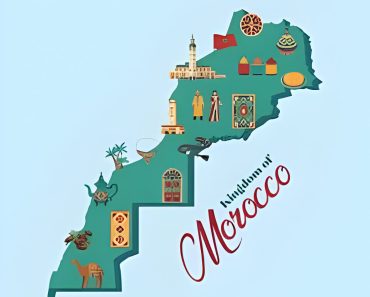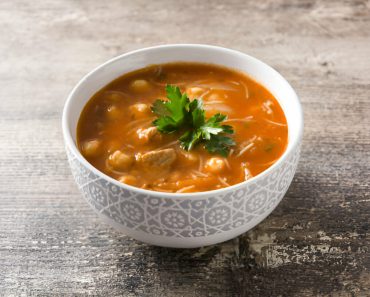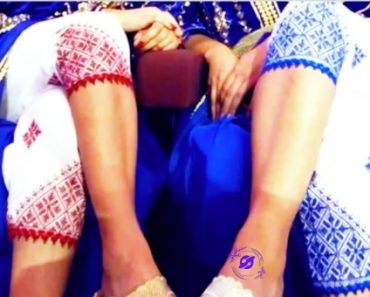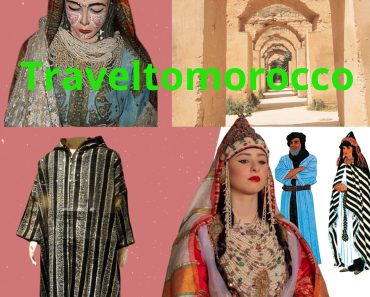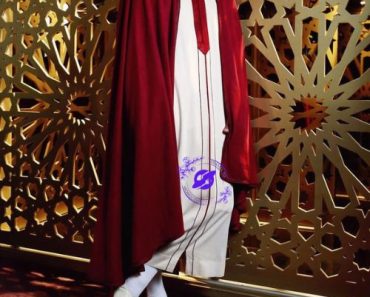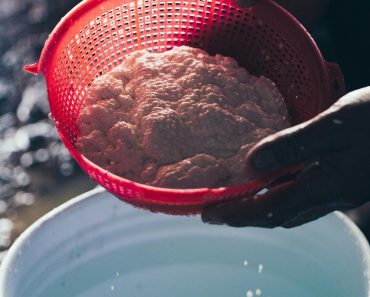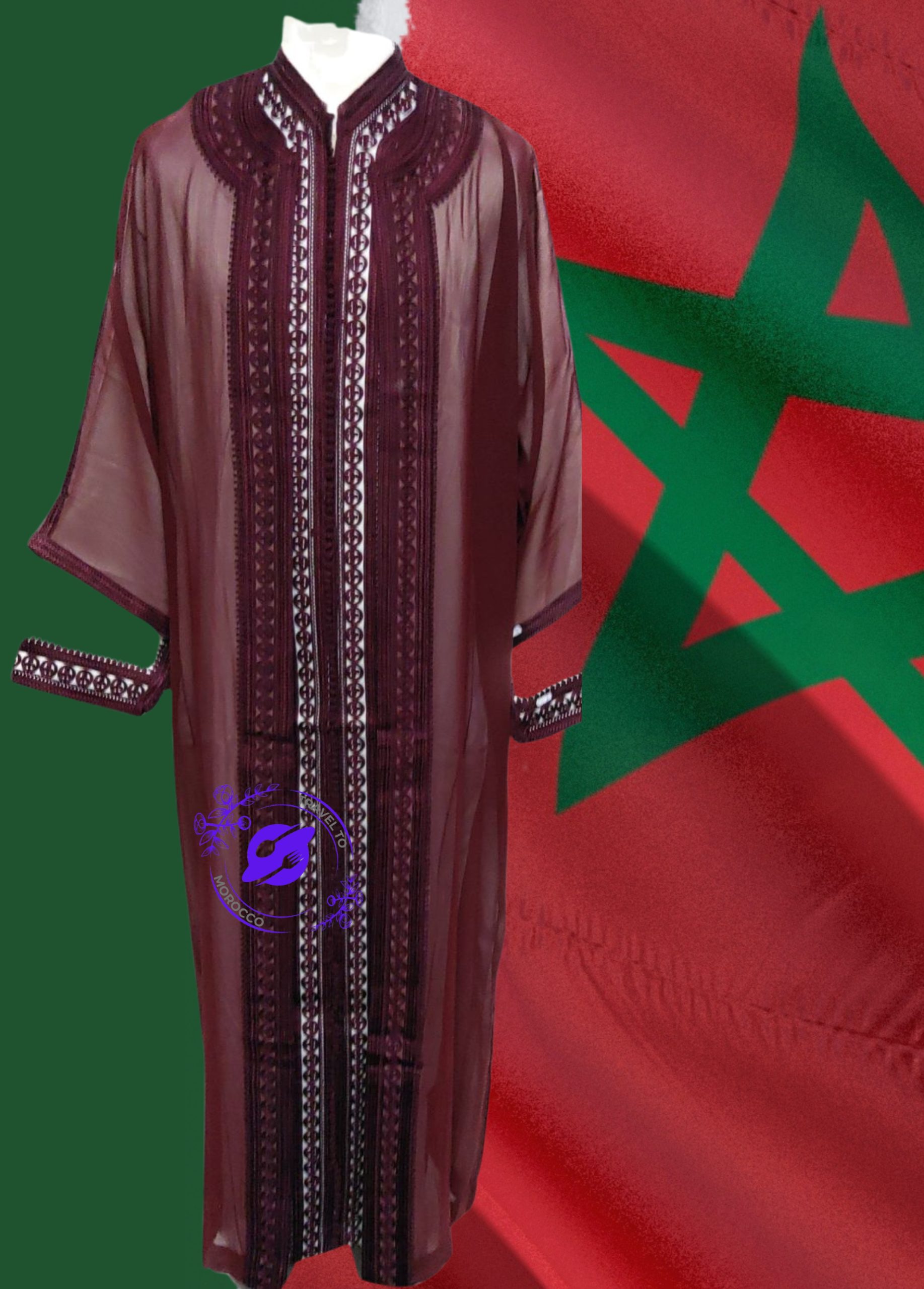
Moroccan Jabadour
The Moroccan Jabadour: A Blend of Tradition and Style
The Moroccan Jabadour, a stunning example of traditional attire, has captured the hearts of fashion enthusiasts and cultural aficionados alike. This distinctive garment, rich in history and artistry, serves not only as a piece of clothing but also as a vibrant symbol of Moroccan heritage. In this article, we will delve into the origins, styles, and modern adaptations of the Moroccan Jabadour, exploring how this traditional attire has maintained its relevance and appeal in contemporary fashion.
-
Understanding the Moroccan Jabadour: A Cultural Icon
The Moroccan Jabadour, traditionally known as “Djellaba,” is a long, loose-fitting robe worn by both men and women in Morocco. Characterized by its full sleeves and a pointed hood called a “qob,” this garment is designed for comfort and functionality while exuding elegance. Historically, the Jabadour was crafted from wool or cotton, depending on the season, and was typically worn in neutral colors. Over the years, the fabric and color choices have expanded, reflecting both personal taste and modern fashion trends.
-
The Evolution of the Moroccan Jabadour
-
Early Beginnings: The roots of the Moroccan Jabadour can be traced back to the Berber populations of North Africa. Originally, it was a practical garment suited for the varied Moroccan climate.
-
Royal Influence: Over the centuries, Moroccan royalty and aristocracy embraced the Jabadour, adding luxurious fabrics and intricate embroidery to denote status and wealth.
-
Contemporary Updates: Today’s designers have reimagined the Moroccan Jabadour , incorporating contemporary fabrics like silk and satin, and vibrant patterns to capture a global audience.
-
Key Features of the Moroccan Jabadour
-
Material: Traditional Jabadours are made from wool, cotton, or a blend, suitable for the fluctuating Moroccan weather.
-
Design: Most Jabadours feature a loose fit, which not only provides comfort but also suits the modesty norms of Moroccan society.
-
Hood and Pockets: The qob and deep pockets are practical additions that have remained integral to the design through the ages.
-
Wearing the Moroccan Jabadour: Occasions and Styles
The versatility of the Moroccan Jabadour makes it suitable for various occasions:
-
Daily Wear: In rural areas, it is common to see people wearing simpler, more durable Jabadours for daily tasks.
-
Festivals and Weddings: For special occasions, Jabadours are elaborately adorned with embroidery and sequins, often paired with fine jewelry.
-
International Fashion: In fashion capitals around the world, the Moroccan Jabadour is celebrated as an example of ethnic chic, often seen on runways and in street style.
-
How to Style a Moroccan Jabadour
-
Casual Looks: Pair a simple cotton Jabadour with leather sandals for a day out or a relaxed evening.
-
Formal Attire: Opt for a silk or satin Jabadour with detailed embroidery for formal events. Accessorize with statement jewelry to enhance the elegance.
-
Modern Twists: Some choose to wear the Jabadour with belts or open over jeans and a top, merging traditional and modern fashion elements.
-
Purchasing and Caring for Your Jabadour
-
Where to Buy: Authentic Jabadours can be purchased in Moroccan souks, online specialty stores, or at boutiques that specialize in ethnic wear.
-
Care Tips: To maintain the quality of your Jabadour, dry cleaning is recommended, especially for those made with delicate materials and intricate details.
-
The Impact of the Moroccan Jabadour on Global Fashion
The Moroccan Jabadour has not only dominated local fashion but has also made significant inroads into the global fashion scene. Designers from New York to Paris have drawn inspiration from its unique blend of comfort and elegance, integrating its design elements into contemporary collections. This cross-cultural appeal underscores the Jabadour’s versatility and timelessness.
The Moroccan Jabadour is not just a garment;
it’s a cultural emblem worn with pride in many cities across Morocco. Here’s a look at some of the cities famous for their embrace of this traditional attire:
-
Marrakech: Known for its vibrant markets, Marrakech is a hotspot for both locals and tourists seeking authentic Moroccan Jabadours.
-
Fez: In this historical city, the Jabadour is often seen in its most traditional form, reflecting the deep cultural heritage of the region.
-
Casablanca: While more modern in its fashion sense, Casablanca still showcases a wide variety of Jabadours, especially during cultural festivals and events.
-
Tangier: This city’s unique geographic location blends various cultural influences, which is reflected in the local Jabadour styles.
-
Essaouira: Known for its relaxed, bohemian vibe, Essaouira is a place where the Jabadour is often sported in more colorful and artistic styles.
Whether you’re exploring the ancient medinas or attending a lavish Moroccan wedding, you’ll find the Jabadour worn with pride, embodying a rich blend of history and style. Each city offers its unique twist to this traditional garment, making it a must-see aspect of Moroccan culture.
Selecting the right size of a Moroccan Jabadour is crucial for comfort and style. Here are some tips to help you find the perfect fit:
-
Measure Yourself: Before shopping, take accurate measurements of your chest, waist, and length preferences.
-
Consult Size Charts: Most sellers provide size charts. Compare your measurements to these charts to find the best match.
-
Consider the Fit: Jabadours are meant to be loose-fitting. Ensure there is extra room for ease of movement.
-
Ask for Advice: When buying online, don’t hesitate to contact the seller for advice on sizing, especially if the measurements seem ambiguous.
-
Check Return Policies: Always check the return policy. This ensures you can exchange the Jabadour if the fit isn’t right once you try it on.
The right size will not only look good but also feel comfortable, whether you are at a casual gathering or a formal event. Make sure to try it on with similar clothing and shoes you plan to wear it with for the best assessment.
Conclusion: A Timeless Piece of Moroccan Heritage
The Moroccan Jabadour stands as a testament to Morocco’s rich cultural tapestry. Blending functionality with elegance, it has evolved from a traditional garment to a modern fashion statement. Whether adorned with simple embroidery for daily wear or embellished with luxurious fabrics for special occasions, the Jabadour continues to be an integral part of Moroccan life and an enduring symbol of cultural pride.
In celebrating the Moroccan Jabadour, we not only honor a piece of clothing but also the history and culture it represents. Its journey from the Maghrebi countryside to the high fashion streets around the globe highlights its adaptability and enduring appeal. As we embrace cultural diversity, the Moroccan Jabadour remains a beloved emblem, cherished by those who wear it and admired by those who appreciate its story and significance.
